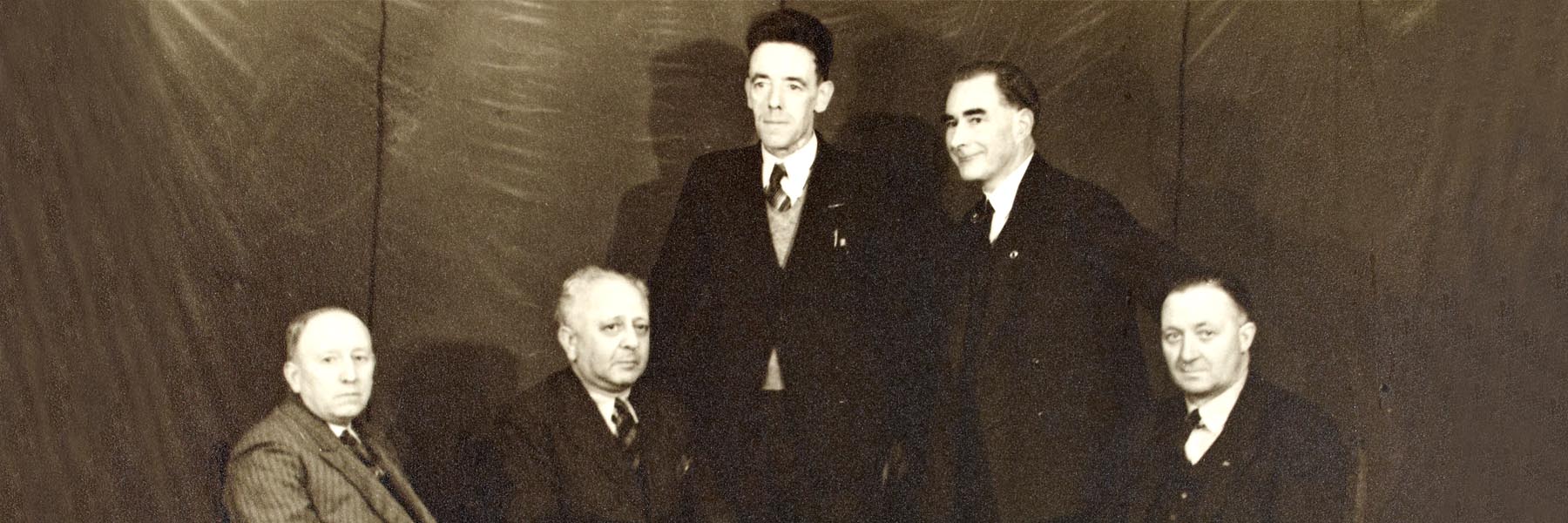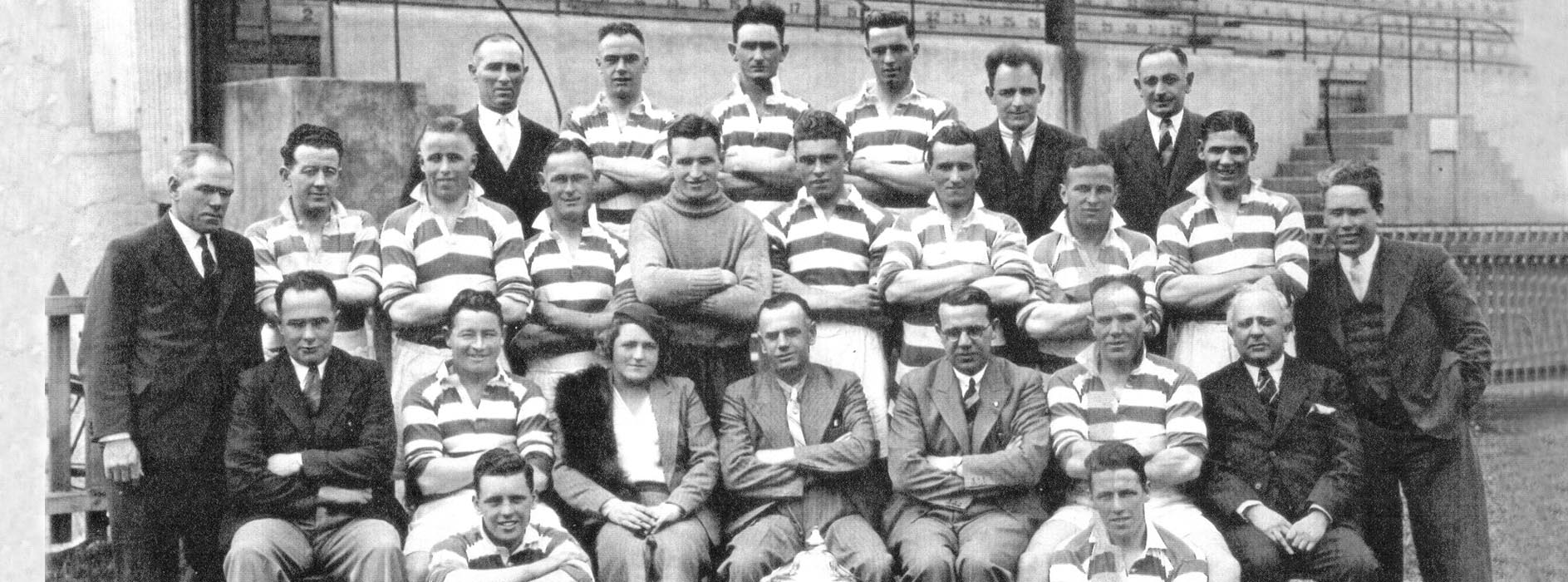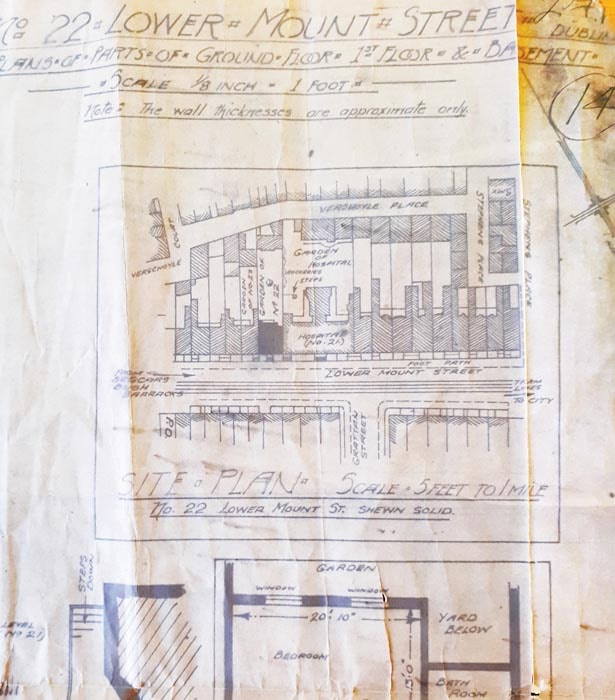A revolutionary solicitor

Michael Noyk's role in Ireland’s independence
During this decade of centenaries marking the Irish revolutionary period, we remember the role that solicitors played in furthering the cause of Irish independence. Dr Barry Whelan looks at the life of Michael Noyk.
As the decade of centenaries to mark the Irish revolutionary period comes to a close, it is perhaps fitting to highlight the important role that solicitors played in furthering the cause of Irish independence. Put simply, they were a vital part of the Republican Movement. Solicitors were needed to provide legal advice and services to the various Dáil departments, to procure premises for the administration of these departments, to represent captured IRA members in British courts, to provide intelligence on the layout of prisons in order to plan escape operations, to solicit funds on behalf of the Dáil, and to ensure that the new Republican court system established by the Dáil succeeded in supplanting the British courts in Ireland. Michael Noyk was one such solicitor who made a vital contribution to the cause of Irish freedom.


Born in Lithuania (then part of the Russian Empire), his family moved to Dublin and resided for many years at 18 Emorville Avenue, Portobello. He was educated in the High School, Rathgar, from 1896-1901, where he scored well in Classics and English, but low in mathematics. In 1911, aged 26 and studying in Trinity College Dublin, his involvement in the Republican Movement began through his friendship with Arthur Griffith.
Noyk provided legal advice to Griffith, whose political and journalistic work with Sinn Féin frequently entailed clashes with the British authorities. His circle of Republican contacts widened and he became a firm nationalist, attending talks at No 6 Harcourt Street, Dublin.
First political case
In 1916, he was asked to represent James Mallin, who had been arrested and charged with larceny. “This was my first appearance in a political case,” he later recalled. He worked as an election agent for Sinn Féin, which began to successfully challenge the Irish Parliamentary Party (IPP) in a succession of by-elections in counties Roscommon, Longford, and Clare.
His legal experience was viewed as important, and he was also asked to help with administering a prisoners’ dependants’ fund, whose secretary was Michael Collins. The solicitor later remembered his first meeting with Collins: “He was very young, handsome and full of personality, but still I did not think he possessed the depths which he later showed.”
When the War of Independence began on 21 January 1919, the day the Dáil declared a sovereign Irish Republic following a landslide victory for Sinn Féin in the recent general election, Noyk was, from this time on, engaged almost daily in assisting Michael Collins, then Minister for Finance.
He secured premises for Collins’s department on 22 and 29 Mary Street, saying: “In order to secure these, and other offices, I had to resort to all kinds of ruses and, in particular, to appeal to the greed of the various owners, by stating that I would be prepared to pay six or 12 months’ rent, in advance.”
Fictitious names
He often used fictitious names or secured the permission of supporters who were trusted enough within the movement, yet sufficiently on the periphery, to avoid arousing the attention of the authorities if their names were put on the lease agreements.
If he discovered that the owner of a premises was from a unionist or pro-British background, he concocted “a double-barrelled name, like Gwynn-Nicholls or Llewelyn-Davis”, to avoid provoking any suspicion. He made it a practice to then burn any agreements, once signed, to avoid incriminating anybody. In this way, Noyk secured premises for various Dáil departments, including the Home Affairs, Local Government, and Propaganda Departments.
Home Affairs was particularly pertinent, as it became central to the establishment of a Republican court system (consisting of parish, district, circuit and supreme courts) that supplanted the British judicial system in Ireland. Noyk attended these court sessions, mainly in Dublin, but also Republican arbitrations in the country.
On one occasion, in Limerick City Hall, the court was raided by enemy forces: “We had only been there a few minutes when we heard the tramp of men and, looking down the bannisters, we saw the black-green uniform of the RIC [Royal Irish Constabulary]. We quickly unloaded our papers and handed them over to an official in the City Hall, who buried them amongst harmless papers.”
Noyk arranged for the highest Dáil court, the Supreme Court, to sit under the noses of the authorities: “By a touch of inspiration, I decided that I would take a consultation room in the Four Courts, and the court was solemnly held on a Saturday in the precincts of the British Courts of Justice. Seamus O’Connor appeared for O’Shea and I conducted the case personally.”
In time, the Republican courts won over the hearts and minds of the Irish people and showed that the Dáil was not only a firm advocate of democracy, but also of judicial fairness and impartiality.
Intelligence gathering
Collins’s role in intelligence gathering saw him turn to Noyk for important tasks: “Besides official visits, I used to meet Michael Collins and Frank Thornton [subdirector of IRA intelligence] practically every night in Vaughan’s Hotel.”
In 1920, Collins wanted Noyk to investigate the activities of resident magistrate Alan Bell, who had been working to freeze Dáil funds held in bank accounts. This money was vital for the operation of the Dáil departments, its staff, and the myriad activities undertaken. “It appeared that Alan Bell had summoned all the bank managers in Dublin and was holding an inquiry in the old Police Courts, and Mick wanted me to get in there and find out what was happening.”
Despite the difficulties of the task, Collins praised Noyk for carrying out his duty. When Bell began to freeze Dáil funds, he was deemed too big a threat and was killed by an IRA unit on 26 March 1920. From this point on, Noyk’s life became “a vision between a gaol, a barracks and a court martial”.
His ability to access British buildings – courts, barracks, prisons – ostensibly to interview clients, also provided excellent cover in learning the layouts of these premises, which Collins then used to plan and coordinate escapes.
Bloody Sunday
Operating within the British judicial system, Noyk became one of the principal solicitors acting on behalf of arrested Republican figures. He attended Countess Markievicz’s court martial, sitting in the Royal Barracks (now Collins’s Barracks). In this regard, his work intensified on 21 November 1920 – Bloody Sunday – when Collins’s units killed 12 British intelligence agents.
In response, the British established court martials, known as Field General Court Martials, by order of Sir Nevil Macready, general officer commanding in Ireland. Suspects were rounded up and charged with various acts in contravention of the Restoration of Order in Ireland Regulations.
Often given the charge sheet and summary of evidence late by the British authorities, Noyk was tasked with preparing a defence and arranging counsel to challenge the eyewitnesses for the prosecution who gave evidence, but whose names were not disclosed.
To counter the testimony of the prosecution’s witnesses, Noyk called defence witnesses who often testified that those accused before the military court were at home or at Mass at the time the killings occurred: “I went to the main body of the church and saw Whelan about halfway up the church kneeling at the right-hand side … I saw him going up to the altar rails to receive Holy Communion.” However, the court frequently dismissed such statements as being a “typical Irish alibi”.
Church-bells trial
Noyk frequently called English witnesses to help appease the court: “I am an Englishman and an old soldier.” He also arranged for specialists, such as architects, to give evidence that statements made by the prosecution’s witnesses were inaccurate, given the light and positions of windows where the murders took place.
In one celebrated example – the trial of Patrick Moran for the deaths of two intelligence officers, Lieutenant Ames and Lieutenant Bennett, at 38 Upper Mount Street – a prosecution witness claimed he knew the time of the murders because he heard the church bells strike the hour.
Noyk called Francis Tanner, an English sexton who lived in the parochial hall in Northumberland Road: “He stated that not only had his own church clock not chimed for 25 years, but that the only other churches in the vicinity, namely the Roman Catholic Church in Haddington Road and the Protestant Church of Baggot Rath – which is now Baggot Street – had not chimed, as they had no clocks that chimed.”
In general, Noyk succeeded in getting acquittals, but given the arbitrary nature of the British courts, many others were not so fortunate: “Once the British had one victim, they were quite content to let the others go.”
Trial of Seán MacEoin
His most noted case was the trial of General Seán MacEoin, the IRA commander in Longford who had led the Ballinalee and Clonfin attacks and who was charged with the murder of RIC District Inspector Thomas McGrath. “Before the trial was listed to come off, I was in constant touch with Mick Collins in Kirwan’s public house. When I entered these premises, either Kirwan or his assistant nodded the head either right or left, which would indicate to me in which snug Mick was seated.”
MacEoin was sentenced to death by hanging, but was released after the July truce in 1921: “I met MacEoin that night at Vaughan’s Hotel, which was the meeting place of Michael Collins and his men, and he gave me a hearty greeting, lifting me bodily and almost throwing me into the air.”
After the War of Independence, Noyk would go on to have a prominent career in his legal practice. He had a broad range of interests, from football – he was the solicitor for Shamrock Rovers Football Club – to the restoration of Kilmainham Jail.
When he died in October 1966, the guests at the funeral included President Éamon de Valera and Taoiseach Seán Lemass. The Dublin Brigade of the IRA draped the tricolour over his coffin and carried it through the streets of Dublin to Dolphin’s Barn Jewish Cemetery.
Dr Barry Whelan works in the Law Society’s Diploma Centre Examinations Office and is the author of Ireland’s Revolutionary Diplomat: A Biography of Leopold Kerney. He wishes to thank Suzanne Crilly (Diploma Centre) for reviewing this article.
Read and print a PDF of this article here.